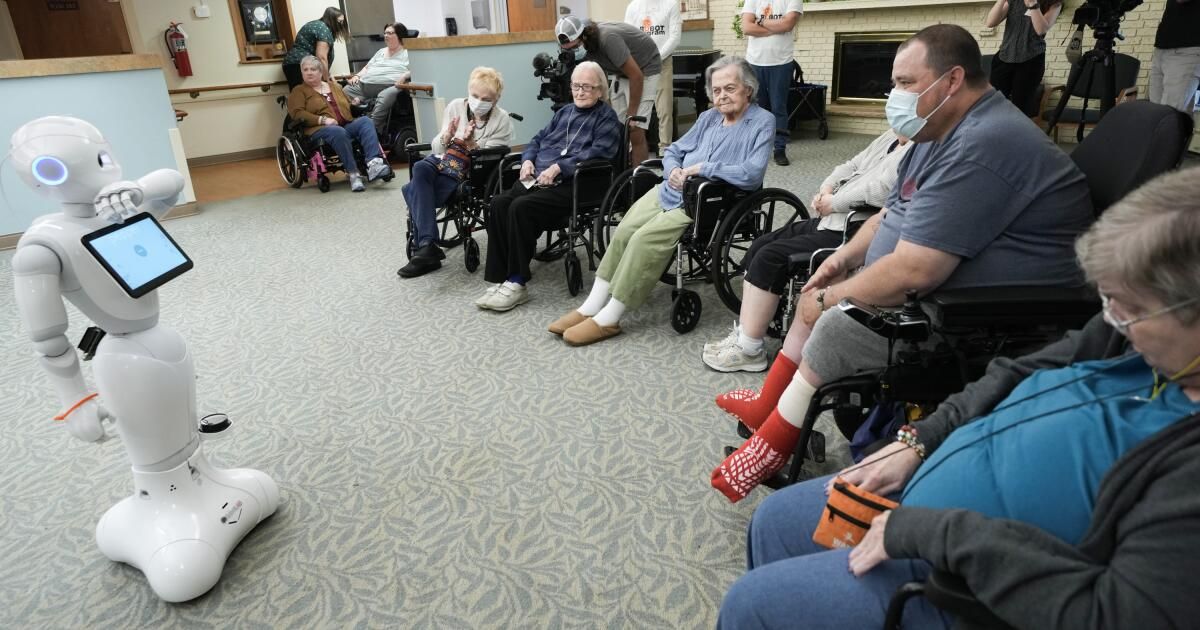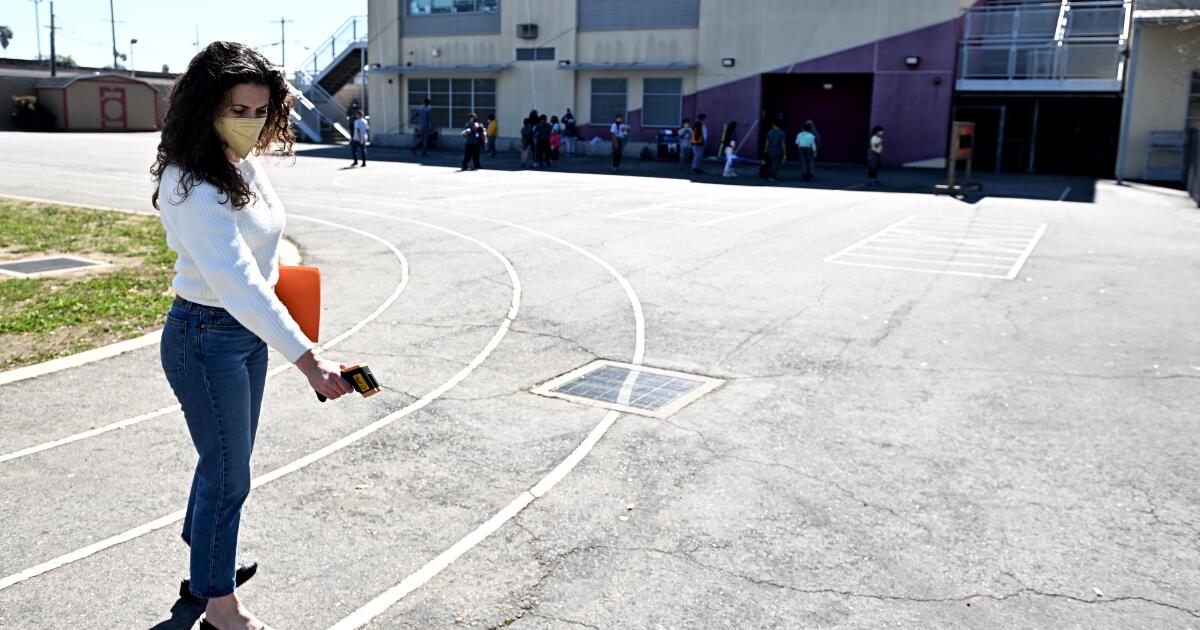Few workers command more sympathy and appreciation than caregivers who tend to the daily needs of seniors who cannot manage on their own. Working in homes or institutions, they help them eat, dress and bathe. The work is physically strenuous, emotionally demanding and essential for an aging population. But the salary is low. an average of $17.19 per hour for nursing assistants.
It's no surprise that the turnover rate is high. By 2023, more than 50% of certified nursing assistants in nursing homes they left their jobs.
The obvious solution is to increase wages. Aside from the problem of turnover, many people find it wrong to pay so little for such an important job. But the problem is not indifference to the well-being of caregivers. As California recently learned, raising wages isn't so easy.
In October, Governor Gavin Newsom signed a law increase the minimum wage for health care workers to $25 an hour. Last month he asked to delay the increase. Faced with a budget deficit of $38 billion, the state cannot meet the bill. The state Department of Finance Dear All that the wage increase would cost $4 billion in fiscal year 2024-25, largely due to higher payments by Medi-Cal, the Medicaid program for low-income residents.
Demanding higher wages does not solve the underlying problem: the brutal arithmetic of this labor-intensive job. Suppose you want to hire assistants to care for your elderly mother in her home. In a normal year there are 8,760 hours (although this leap year has 8,784). At $20 an hour, that's $175,200. Few can afford such outlays.
Group facilities reduce the cost per patient by having a single attendant responsible for multiple residents. But these efficiencies don't go very far. The higher the patient-to-staff ratio, the more inconsistent the care.
Mathematics doesn't care about our feelings. The cold truth is that taking care of people who can't take care of themselves is a low-productivity occupation. Unless wages are low, it quickly becomes unaffordable.
Allowing large-scale legal immigration of people to do this work at low cost could alleviate the shortage, but in the current political environment the idea is a non-starter. An unlikely historical analogy suggests that the way out of this dilemma probably lies in radical technological innovation.
On the eve of the Industrial Revolution, the British textile industry had a similar problem. Each weaver needed 20 to 30 spinners to supply enough yarn for the loom to continue producing cloth. Supply could not meet demand. “The spinners never stop for lack of work; They always have it if they please; but weavers are sometimes idle for lack of thread,” wrote farmer Arthur Young, documenting his 1767 tour of northern England.
For such essential work, spinners' wages were paradoxically low. In the Manchester area, Young reported, cotton spinners could earn two to five shillings a week, while weavers earned three to 10. “Despite her essential role in the economic destiny of England, the spinster received miserable salaries for their work,” writes the historian. Deborah Valenze in “The first industrial woman.”
However, like the low wages of today's caretakers, the low wages of spinners were not the result of malice. Producing useful quantities of yarn simply took too long. The weaving went much faster and, therefore, more was paid per hour. But for textile merchants, yarn was not cheap, even with “miserable wages.” The thread for a given piece of cloth costs twice as much as the fabric. A significant increase in spinners' wages would have made cloth prohibitively expensive for most people.
The spinning machines that sparked the Industrial Revolution broke the bottleneck. Thread became as plentiful as it had once been in short supply. Fabric became cheaper and more abundant, not only for clothing and home textiles, but also for sails, sacks, and other essential business items.
Technology allowed factories to change the way spinning was organized, so that fewer workers were needed, but they were more productive and could therefore earn higher wages. A factory “spinner” no longer cleaned, carded, or otherwise prepared fiber. He simply loaded bobbins of prepared fiber and unloaded bobbins of spun yarn, earning five to seven shillings a week.
The first factories marked the beginning of the long economic takeoff that Deirdre McCloskey calls “the great enrichment.” Over the next 250 years, all kinds of things have become cheaper and cheaper, even as real incomes have risen to previously unimaginable levels. Supplementing human labor with machines has made us extraordinarily productive, and we are already seeing the beginnings of this in healthcare settings, with innovations like continuous blood pressure monitors.
But human attention is still scarce. And what care requires is attention. The question, then, is what complementary technologies could amplify attention better than the television screens now used to ostensibly keep immobile seniors busy.
Artificial intelligence, powered by sensors and embedded in robots, looks promising. Small wearable sensors or smart sheets could monitor falls and health indicators of vulnerable people, allowing many people greater independence. Smart programs could act as personal assistants, pay bills, schedule doctor appointments, track medications and navigate bureaucracies. They would be faster and have access to greater knowledge than the adult children who typically perform these types of tasks today.
If robots can avoid being creepy, intimidating, or condescending, they might even be pleasant, capable, and patient companions, at least for those who want them. The trick is to create technology that can be tailored to the individual. Some people may want to chat or play with a robot. Others, however, embrace the impersonal nature of a machine helper as a useful intelligent device rather than a companion. A caregiver robot could allow frail elderly people to preserve their sense of privacy and personal space. Having a machine to help you change clothes or go to the bathroom is less intrusive than hiring a stranger to do the same.
We are just beginning to see the possibilities. Like spinning, caregiving is sure to change radically as new technologies are incorporated. But people will still crave the human touch. By expanding the capabilities of human caregivers, these technologies could increase their productivity, making this widely respected profession better paid as well.
Virginia Postrel is the author of “The Fabric of Civilization: How Textiles Made the World” and contributing editor of Works in Progress magazine. She writes a newsletter about Substack.












